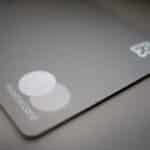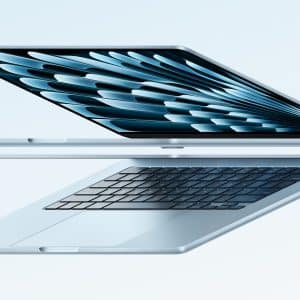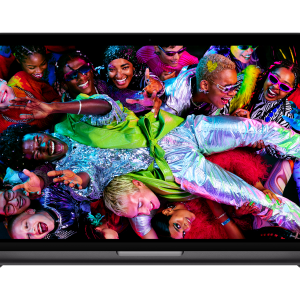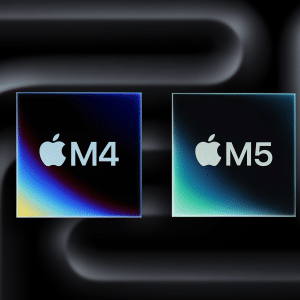Not long ago, coding was considered an obscure hobby, conducted only by stereotypical geeks not dissimilar to ‘The Big Bang Theory’ characters. However, interest in the craft has drastically increased, with many young students across the globe throwing themselves into programming. With significant earning potential and the promise of job security in today’s technological world, many are claiming learning to code will seriously change your life.
If you’re new to programming, it can be daunting to choose the right development board to get started. With so many options available, how do you know which will best suit your needs and allow you to get the most out of your projects?
Here, we explore everything you need to know when buying a development board.
What is a development board?
A development board is a printed circuit board containing a central processing unit, memory, input/output device, data path, and external resource interface. It is designed for embedded system development and can be customized to suit the needs of each individual developer.
A development board is ideal for beginners in coding and developing, as it allows them to get familiar with the hardware and software they’ll be using. There is a wide range of different development boards on the market, so, you have plenty of options to choose from.
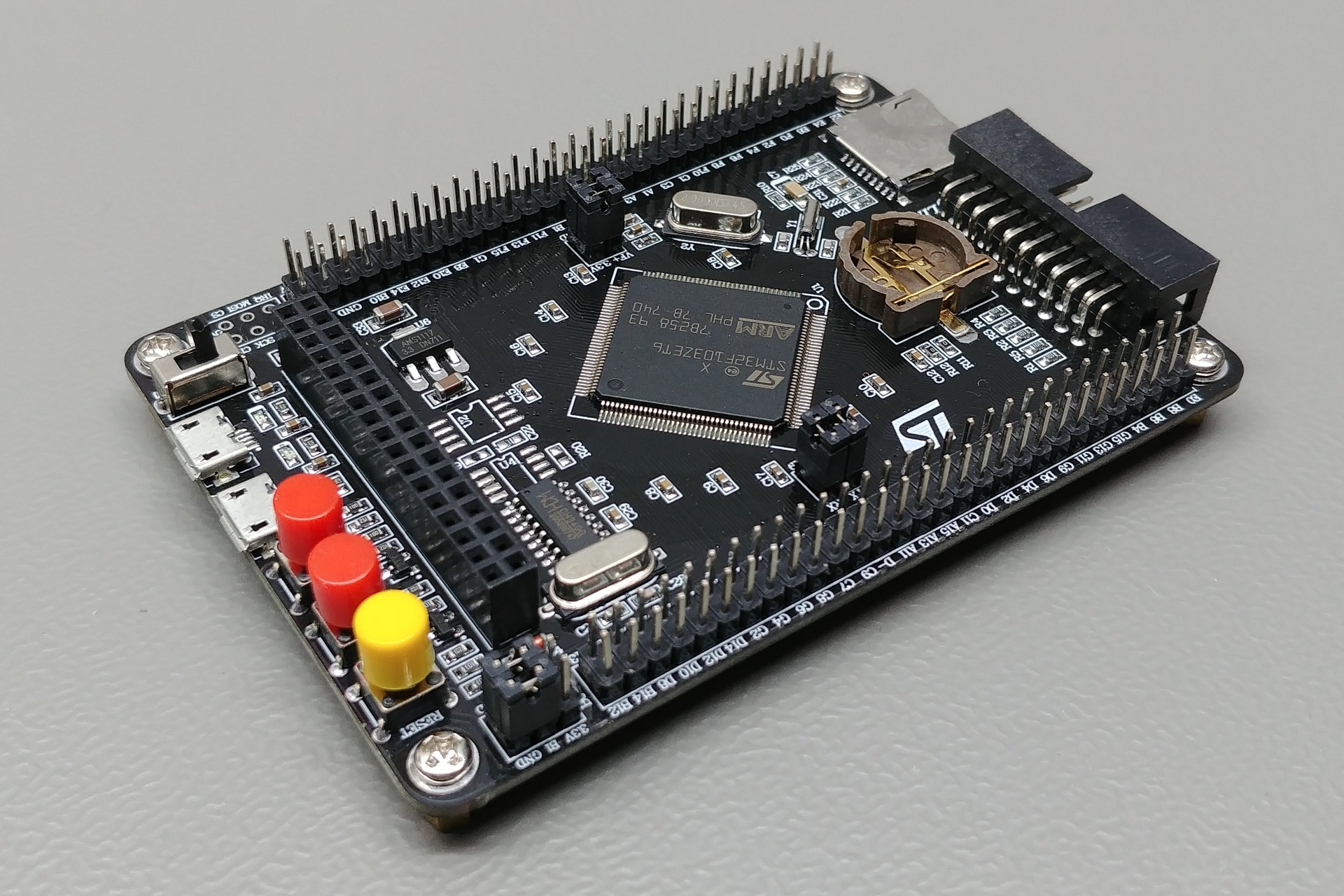
Saving your time
A development board is pre-printed, it’s already wired and ready for use, meaning you’ll save time setting it up for your first project. Without a development board, the testing process of your prototype will be drawn out.
This is because when an issue occurs, you won’t know whether it’s related to the circuitry or the device, and you’ll have to rewire it until the problem is resolved. With a development board, you’ll be able to prevent these glitches, meaning less time is wasted on troubleshooting.
What kind of development board do I need?
There are several different categories in which development boards sit depending on the specs and strengths offered and the type of board you need will vary depending on a range of factors.
The programming language or operating system of your development board is an important factor to bear in mind. If you choose a board with an unfamiliar system, you’ll have a harder time getting started and will need to do some additional training before you can use your board. It may be worth learning some of the most in-demand coding languages to get a head start.

It’s also important to consider the specs of a development board, particularly the size. Your board must be the right size to be compatible with any appliance you’ll be connecting it to, so be sure to check before you make a purchase.






